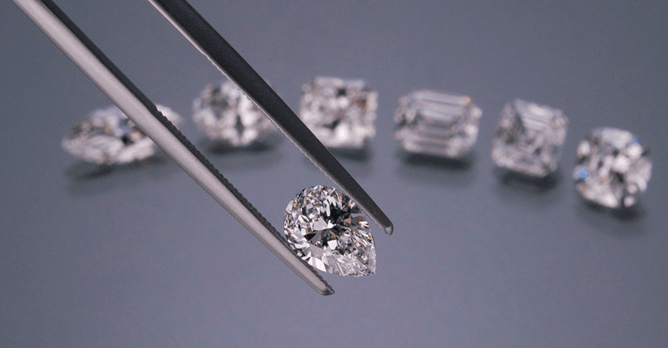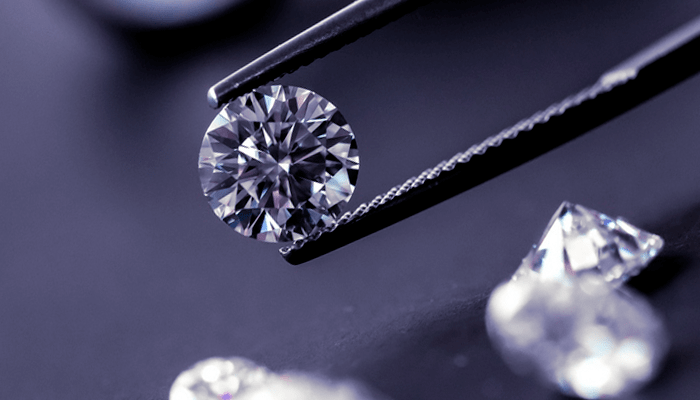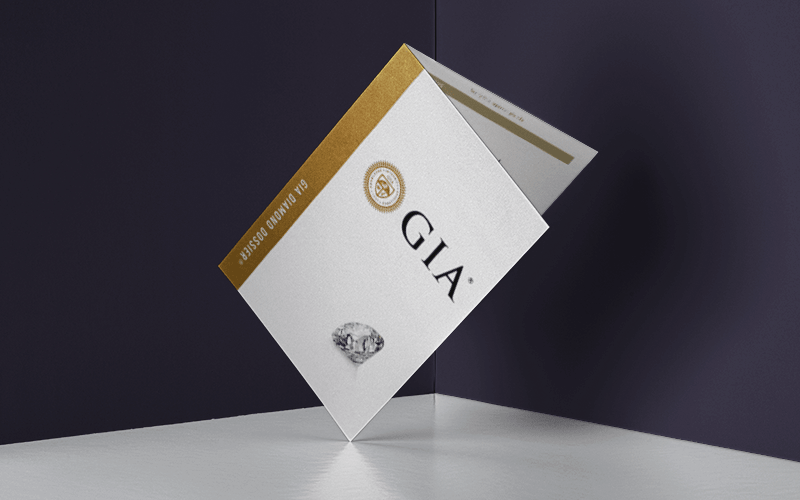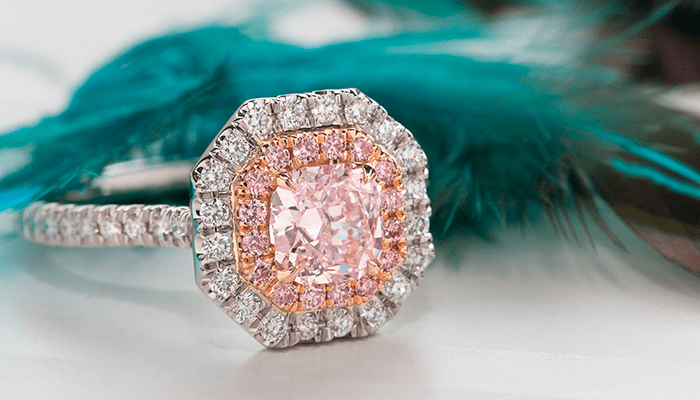Diamond grading, or diamond certification, is an essential part of the preparation process for sale. A diamond without a certificate is like a citizen without a passport. And even further: like different nationalities, different institutes provide diamond grades and have a distinct reputation on the global market. And here, GIA certification is the most authoritative grading methodology in the diamond industry. Many experts prefer working with GIA-certified diamonds – as well as specialists in Diamond Registry.
Why is it so? What are the key advantages of the GIA type of diamond certification? How to read your GIA certification report correctly? Follow this guide to get all the answers!

Established in 1931, GIA (or the Gemological Institute of America) positioned itself as a third-party organization that united top specialists in gemology. After more than 20 years of preparation, the institute introduced its iconic GIA certification in 1953. After this, the grading system gains more credibility each year – especially when it comes to assessing diamonds. These days, its diamond certification is the worldwide evaluation standard.
What are the exact elements of success for GIA diamond certification? Here are some things that contribute to its excellent grading reputation:
Accuracy of each and every diamond element graded. The laboratory provides a truly unbiased evaluation of a diamond’s width, table, depth, carat weight, and all the other parameters.
Diamond color and diamond clarity have the most reliable grades. These grade categories are sensitive and easy to manipulate in all the certificates. The preciseness and transparence of this diamond grading turned GIA certification into a golden standard.
Inclusivity of diamond certification. GIA report provides all the grades needed for the complete understanding of the value of your diamond.
These days, GIA institute accepts diamonds in its laboratories situated in Belgium (Antwerp), South Africa (Johannesburg), Gaborone (Botswana), India (Mumbai and Surat), USA (New York) and Japan (Tokyo).
Before submitting a diamond for GIA certification, please prepare these papers to be not rejected in grading:
Invoice from the mining company. This document should contain invoice number, lot number, carat number, and diamond nationality;
Kimberley Process Certificate (for diamonds that came from abroad).
After you receive the GIA report, check if it mentions the most important diamond grading information:
Comprehensive assessment of the grades of diamond’s 4C’s,
A diagram showing diamond polish, symmetry, table, width, and depth,
Country’s origin confirmation of a diamond,
The report number of a certificate.
If everything’s fine, you can start working with your diamond certificate and use it as the quality assurance for your precious stone.

The typical composition of diamond certification from GIA grading institute includes the following elements:

Finally, let’s investigate how to read and present the crucial graded elements in your grading report.
Cut is one of the most important parameters for diamond certification. In this graph, aim at seeing “Excellent.” In practice, an Excellent cut is the sum of several dimensions that guarantee outstanding fire and brilliance of your diamond. All of them should help the light easily come through the table and make the diamond radiate with sparkle.
If not Excellent, your diamond can get Very Good, Good, Fair, or Poor grading. The quality of this parameter falls with the amount of brilliance your diamond radiates through the table.
Another important diamond parameter is clarity. GIA certification provides diamond grading in several clarity levels – it can be completely flawless or have inclusions of different solemnity. Flawless clarity works for big stones, while the majority of diamonds look great being VVS1, or very very slightly included.
Grading of colors is a critical part of your diamond certification. To read it right from the certificate, note that transparent diamonds get a letter from D (completely colorless) to Z (has clear yellowish or brownish tints). The fair choice is getting a D-J diamond. Black, pink, yellow, and other colored diamonds have another scale – here, fancy and deep grades are preferable.
For GIA certification, proper grading is impossible without measuring the carat number. The more carats the diamond has, the more expensive it becomes. That’s why some institutes tend to exaggerate the carat number for a diamond seller. In its turn, GIA certification is known for its objectiveness in measuring carats.
Knowing the exact parameters for a diamond table is critical to understand the true quality of your gemstone. The table, or the biggest flat facet on the surface of a diamond, is the main factor determining the sparkle. The best diamond has a balanced table to allocate all the light inside.
The diamond depth is also among the most important parameters graded in GIA certificate. Depth is the length of a diamond from top to bottom, or a table and the culet. The best depth is also a matter of balance.
Getting the balance is possible by knowing the diamond’s width. Depth is a percentage from the diamond’s overall height by its overall width. To get the ideal table size, you should also see its percentage that compares the width of the table to the overall width of a diamond.

Some questions left? Contact Diamond Registry, and our experts will provide you a free diamond evaluation and consult on how to read a GIA report!

